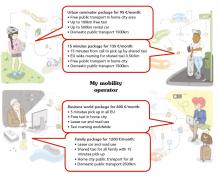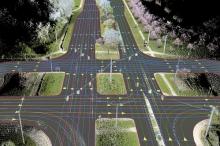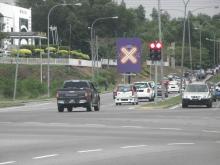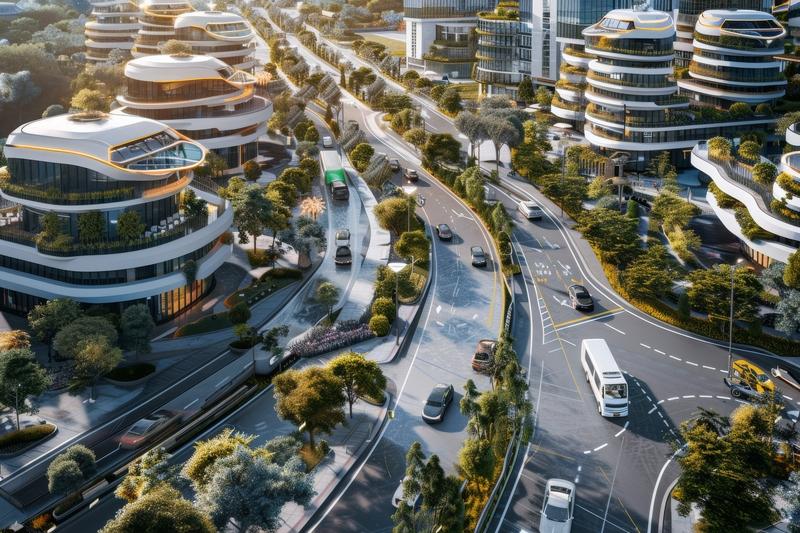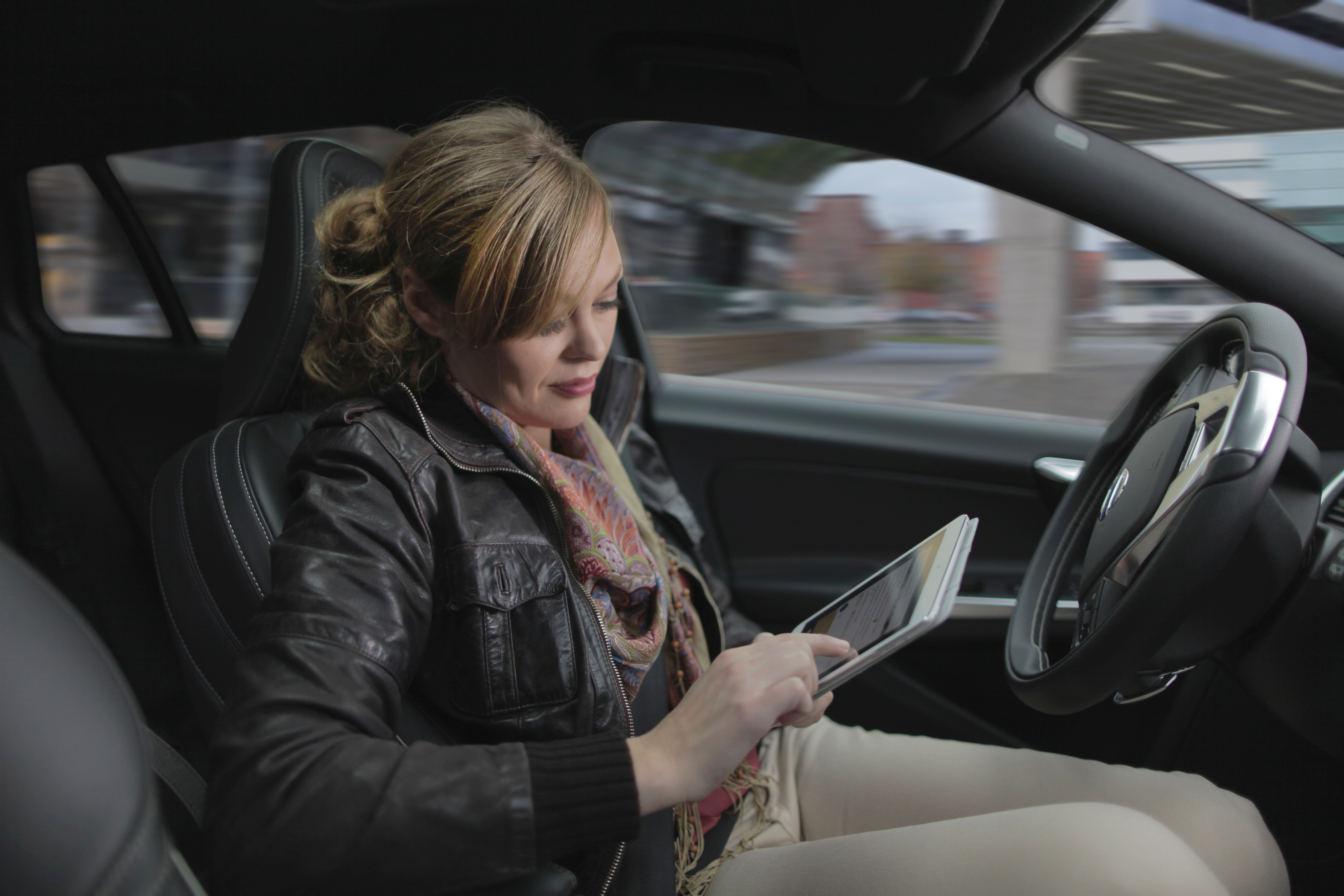
Dave Marples of
Having looked at the development of this sector for some time, I am concerned about the current state of autonomous driving development as engineering (and marketing) have run way ahead of the wider systemic, and legislative, requirements to support an autonomous future. This is a shame because we are fostering a belief that technology can solve all our real world problems - and in the world of the modern automobile there are many more problems to be solved than are within the gift of a technological solution.
The recent YouTube videos of autonomous vehicles on the open road cause particular concern. In an industry that has developed practices and processes that protect life, it is incongruous that some drivers should be able to take to the open road without any specific training using autonomous driving software the manufacturer admits is not complete or fully tested. These people are mixing with other road users who have not elected to take part in such an experiment and are, if only to a limited degree, putting the safety of others at heightened risk.
That aside, the key issue is that technology is not the only element required for the traveller to be transported from A to B while reading a newspaper and by concentrating primarily on the technology, public anticipation is created that will eventually be scorned.
At least the discussion about autonomous vehicles has now moved from ‘is it possible?’ to ‘how do we do it in a way that is secure, reliable and fail-safe?’, augmented with a dash of ‘what benefits does society get?’ These are more pertinent and interesting discussions that highlight fundamental constraints of an infinitely variable world. The question is not can we build an autonomous vehicle but can we build an autonomous vehicle that won’t kill anyone under any circumstances and, if we do, what does society (and not the individual) get out of it?
Mental mapping
Today the autonomous vehicle is widely visualised as a supertaxi – replacing the normal driving experience with an automated one – because it’s an easy mental mapping to make but is not accurate in the longer term. What will happen is that the impact of autonomy will be so pervasive that models of individual mobility will fundamentally change, creating shockwaves that impact the rest of society.
We know that people who have jobs that are not intrinsically mobile travel for around one hour per day (1). A transport authority’s task is to support and optimise this mobility, not to optimise an individual transport mode. If it proceeds without considering this long-term objective, these first autonomous steps now being taken may be in the wrong direction and irreversible. For instance, one legislature has decreed that a clump of inanimate software can be considered the ‘driver’ of the vehicle. The legal consequences are unclear as, currently, software does not have free will or conscience, the ability to make value choices or to uphold an ethical framework. An external entity codifies such matters into a digital framework that is provisioned into the vehicle - so who exactly is liable for its actions? The age of criminal responsibility in our societies is generally about 10 years old while the most charitable estimates of advanced AI system maturity place them at around four years old. Not an age at which you would trust a child with sharp scissors, never mind two tonnes of automobile.
Today, despite the gravity of consequence, it’s reported that 50% of pedestrians knocked down by road vehicles didn’t take care before stepping into the road (2). How will those numbers change when pedestrians know the vehicle will always stop? Observe any busy zebra crossing today and you’ll see the uncomfortable negotiation between different classes of road users – generalise that to every road and you can see that city centre traffic could easily come to a standstill in peak periods. The autonomous systems will have to become whatever the automated equivalent of a nervous driver is, simply because any pedestrian at the roadside could head out in front of the vehicle at a moments notice.
Vehicular autonomy is just one part of an overall mobility enhancing mix and cannot be the only solution. It is essential to take a step back and consider this migration in terms of an overall system model and desired outcome and this is best illustrated with an example of how a more intelligent consideration of the factors in play can lead to a better result. My journey from home to Luton airport is about 180km. I live about 13km away from the M1 motorway and the airport is some 8km off the other end and therefore about 90% of the total journey is on the M1.
The UK has some 400,000km of road but only 3,700km of it is motorway (3) and these routes carry nearly 21% of all road traffic (4). Taking a cold, hard look at the Killed and Seriously Injured (KSI) statistics show that in terms of KSI/km drivers are 92% more likely to have a major accident on lesser and rural roads than on a motorway.
Driving complexity
If one accept that KSI statistics are a reasonable analogue for driving complexity (you are less likely to crash on the easy bits) then more than 92% of the drive complexity is on the non-motorway sections…and that needs a heck of a lot of software to automate. By just enabling autonomous vehicles on the motorway (8% of the ‘difficulty’ if you like) gains 90% of the journey in autonomous mode with the other more complex 10% in ‘normal’ driving. So I can read the paper for 162km of my 180km journey.
While the numbers will vary by journey and country, the overall conclusion remains valid: enabling autonomous driving on arterial routes provides a huge proportion of the systemic benefit without needing to code for every cyclist, horse, pothole, traffic light and pedestrian crossing on the road network. If we interpret the SAE’s Level 4 (see illustration) to mean this ‘dual mode’ driving then it is an achievable goal worth pursuing - on the motorway engage autonomous mode with the driver taking back control to reach their final destination.
Autonomous vehicles have been around for years – airport monorails and light rail services are environments in which autonomy has been realised by constraining the domain of application and making sure it is sufficiently instrumented. This could be done on arterial road networks too. It would mean instrumenting less than 1% of the total network - not an unreasonable proposition if the proposed benefits of increased capacity and free flow can indeed be realised. It is also easy to instruct platooning autonomous trucks to ensure they don’t block entrances and exits by the infrastructure and vehicles working in concert.
Unfortunately, none of this directly addresses safety on other roads, although the autonomous systems can still assist the driver to improve safety on other roads and because the driver will be fresher and more alert for the non-autonomous parts of the journey.
Mobility strategy
So, here’s the problem: I want to see autonomous vehicles as part of an integrated mobility strategy where the systemic opportunities and limitations of various choices and options can be weighed against each other to ensure the right decisions are made for the right circumstance. We should not expend unnecessary effort creating solutions to problems that can easily be sidestepped and in doing so create other problems. In the case of autonomous vehicles these could include pedestrian/cyclist interactions, increased journeys (empty autonomous vehicles) and the possibility of malevolent misuse by criminals of one form or another.
If authorities are to offer viable mobility options they must consider the complete mobility spectrum rather than unquestioningly jumping on the autonomous vehicle bandwagon in the unfulfillable hope that it will answer all their problems. Only that way will they arrive at the right solutions.
- ABOUT THE AUTHOR: Dr Dave Marples and is chief scientist at Technolution BV and honorary Professor of Communication Systems at Stirling University in Scotland.
- References:
(1) Department for Transport, National Travel Survey: England 2013, 29 July 2014 (2) Institute of Advanced Motorists Freedom of Information request for details of police attending the scene of [pedestrian] accident in 2013 – IAM 9 Sept 2015 (3) Aimee Murphy, Department for Transport, Road Lengths in Great Britain 2013, 5 June 2014 (4) Department for Transport, Annual Road Traffic Estimates: Great Britain: 2013, 5 June 2014




